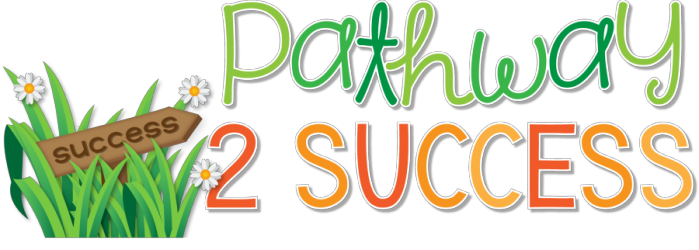Educators need real teacher-tested digital tools to connect with students online. During this difficult time, there is truly limited time to plan or assess every single online option for teaching. That’s why I created this list. The digital resources below were put together with the help of Pathway 2 Success members who have done the […]
9 FREE Executive Functioning Activities
Planning, organization, time management, and self-control. These are just a few of the extremely critical executive functioning skills that we use every day to accomplish tasks and be successful. We use them so regularly that we may forget their importance. But to kids and teens (and yes, even adults) who lack these skills, the struggle […]
18 Mindfulness Activities for Outdoors
Mindfulness is a critical self-regulation strategy for people of all ages. It can help us feel calm, focused, and in control. Learning to be mindful doesn’t have to be confined to the four walls of a building or classroom. In fact, there are numerous opportunities to practice mindful activities outside. Here are a few outdoor […]
Outdoor Activities to Build Social Skills
Working on social skills isn’t just an activity to take place in the classroom. We, as kids and adults, use social skills every day out in the real world. This gives lots of opportunities for practicing and strengthening those skills everywhere – even outside. Whether you are a parent looking to boost your child’s social […]
9 Books to Highlight Kids with Disabilities
It is so important to read and discuss books that highlight students with disabilities. Not only does it help students become more knowledgeable and understanding about specific needs and challenges, but it also helps kids to become more inclusive, too. All students can relate to these books in some way, supporting the overarching idea that […]
Virtual Calm Down Activities
All kids and needs need positive activities to help calm the body and mind. Use these resources to help create a virtual calm down room or just to add to the self-regulation strategies you are already using. Calming Website Activities & Games Do Nothing for 2 Minutes Weave Silk Drawing Tangrams Word Clouds Jigsaw Puzzles […]
Executive Functioning Skills Practice at Home
Executive functioning skills are the processes we use in our brain to accomplish daily tasks. It’s true that we use a variety of executive functioning skills when completing academic work, but the truth is that these skills are actually life skills. We use them all the time in daily chores and tasks, from planning a […]
Strategies to Focus on SEL Through Distance Learning
In the midst of a challenging situation, it’s critical to make time and space for social emotional supports for learners. Simply put, social emotional skills are the foundation for overall well-being. Kids and teens need to feel safe, respected, loved, and valued. They need to have strong coping skills to work their emotional challenges and […]
10+ Social Emotional Activities for Home
Social emotional learning isn’t just something that should be practiced and taught at school. SEL skills are life skills, of course! These include skills like empathy, self-control, and decision-making. Before I even get started, while I was writing this post, I decided to also create a set of SEL printables you can send home with […]
Managing Disrespectful & Rude Behaviors in the Classroom
Let’s talk about disrespectful behaviors in the classroom. The child who talks back. The student using their cell phone, even after being told to put it away. The kid who refuses to do their work, and even loudly tells you, “no!” when you try to politely give some encouragement. The student who jokes about your […]
- « Previous Page
- 1
- …
- 8
- 9
- 10
- 11
- 12
- …
- 24
- Next Page »













